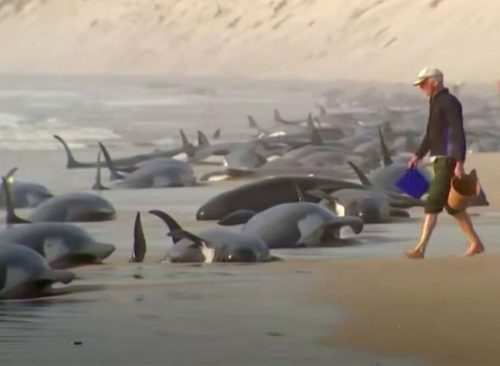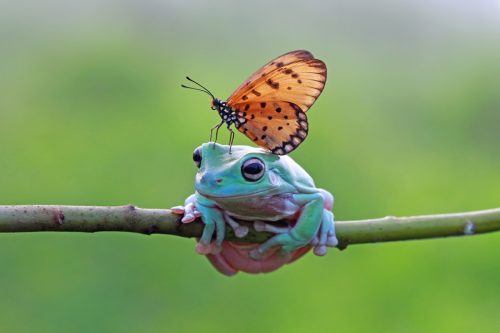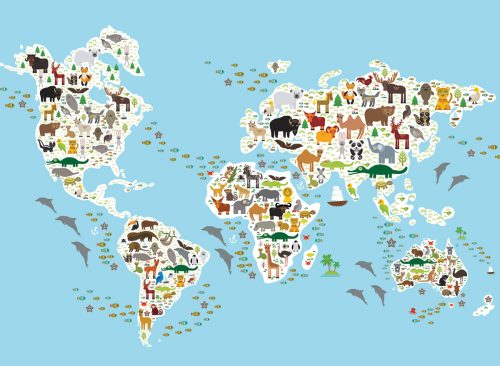Humans Have Wiped Out 70 Percent of Animal Populations In Last 50 Years
Water-based species have been hit the hardest.

New research indicates that human activity has slashed animal populations by 70 percent during the last 50 years. Some species have been especially vulnerable in the last few years. Read on to find out why the World Wildlife Fund says “the lights are flashing red” about wildlife decline, which areas have experienced the biggest decreases, and why the ecosystem change has big implications for humans.

The global wildlife population declined 69 percent, on average, from 1970 to 2018, according to the World Wildlife Fund-UK, whose Living Planet Report is released every two years. Two years ago, the decline was 68 percent. Four years ago, it was 60 percent. The total loss is the equivalent of the human population of Europe, the Americas, Africa, Oceania, and China disappearing, according to the report. Humans have caused the decline with overdevelopment and deforestation, leading to the loss of animals’ natural habitats, and pollution. And the consequences won’t be felt just by animals—the elimination of those natural habitats could foil efforts to fight climate change. “The lights are flashing red,” the organization said.

The Living Planet Index monitors changes in wildlife around the world, collecting reports on 32,000 populations of 5,230 animal species. South America has seen the biggest decline in wildlife—animal populations have declined 94 percent in half a century as biologically rich areas like the Amazon have been destroyed by human development. “This report tells us that the worst declines are in the Latin America region, home to the world’s largest rainforest, the Amazon,” said Tanya Steele, chief executive of WWF-UK. “Deforestation rates there are accelerating, stripping this unique ecosystem not just of trees but of the wildlife that depends on them and of the Amazon’s ability to act as one of our greatest allies in the fight against climate change.”

Wildlife species have declined 20 percent in North America and 18 percent in Europe, the report said. But that’s not good news: The lower numbers are due to the fact that much of the natural environment in those areas had already been exploited. Elsewhere in the world, wildlife has declined by 66 percent in Africa and 55 percent in Asia and the Pacific.

Water-based species have been hit the hardest. Nearly 1,400 species of freshwater fish, reptiles, and amphibians have declined by 83 percent, on average.

“For us, the biggest concern isn’t just the numbers,” said Steele. “It’s the fact that there is absolutely no action — world leaders are missing in action.” “Despite the science, the catastrophic projections, the impassioned speeches and promises, the burning forests, submerged countries, record temperatures and displaced millions, world leaders continue to sit back and watch our world burn in front of our eyes,” she added. “The climate and nature crises, their fates entwined, are not some faraway threat our grandchildren will solve with still-to-be-discovered technology.” In December, nearly 200 countries are slated to meet in Montreal for a UN biodiversity summit to set new targets to halt wildlife decline by 2030. None of the targets set for 2020 were met.














